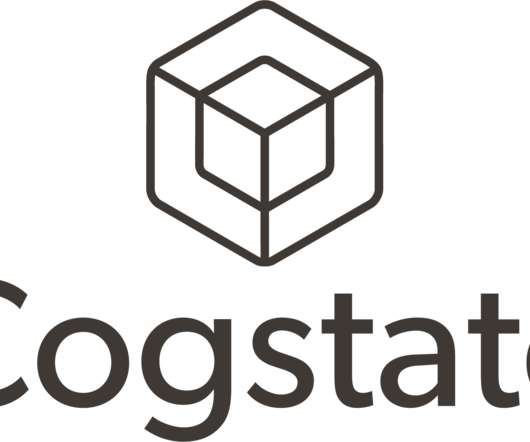Combining the Powers of Single Cell Sequencing and AI in Understanding Disease Biology and Drug Development
XTalks
AUGUST 5, 2020
In recent webinars by Genuity Science, formerly known as WuXi NextCODE, experts from the biotech and pharma industries spoke about leveraging the power of single cell RNA sequencing platforms and solutions in conjunction with machine learning technologies such as AI in cell biology and disease research. Chromium Single Cell Solutions.


















Let's personalize your content